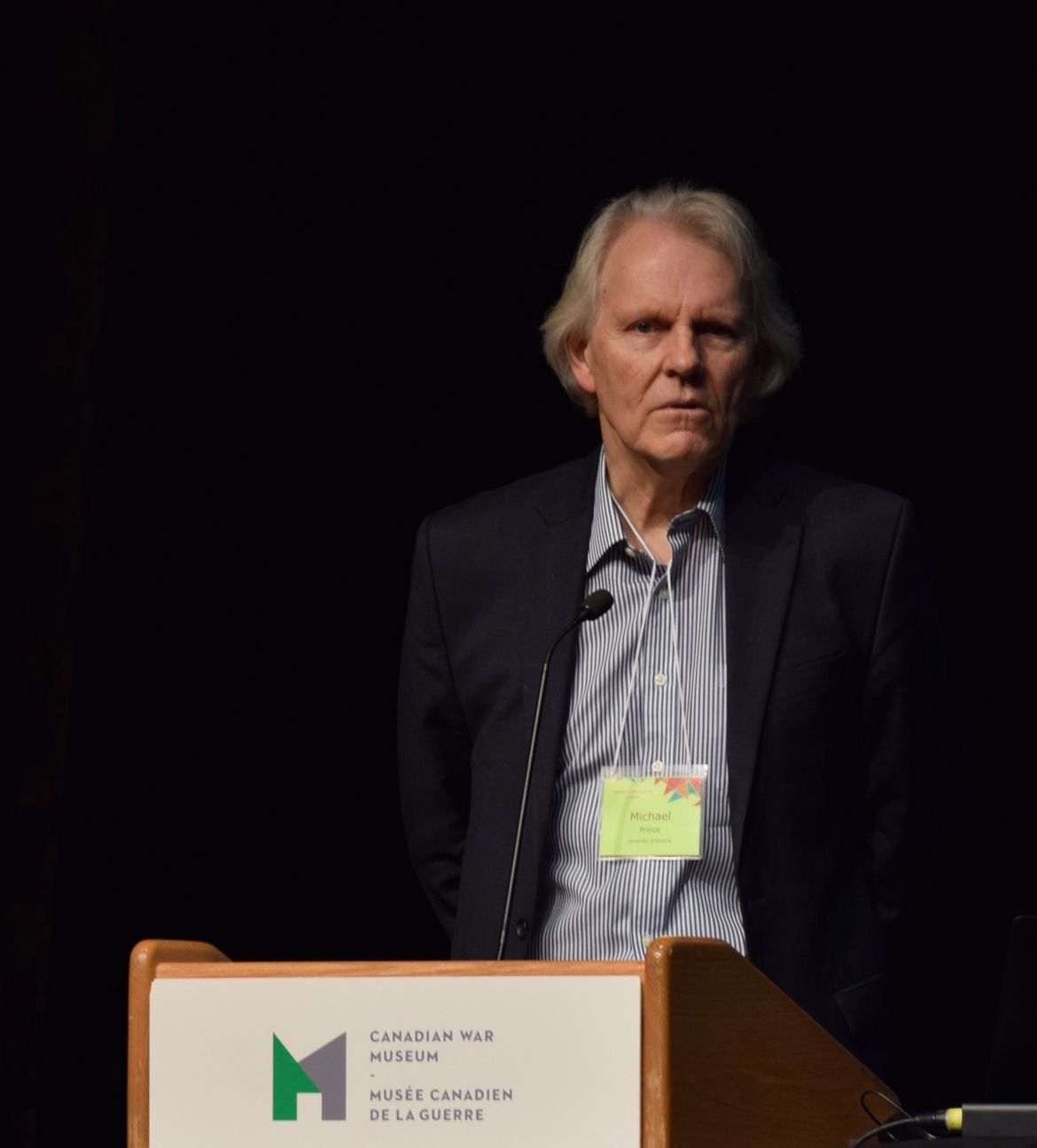What would a national strategy towards greater inclusion of people with disabilities in the Canadian labour market look like? And where do we begin when setting out to develop such a strategy?
The barriers to inclusion in the paid labour market for persons with disabilities are many. The issues are complex, multi-faceted and deeply intertwined. And that’s not to mention the diverse viewpoints, experiences and programs to consider—from individuals with different health conditions and functional limitations to the various systems and policies across the country, all with their own legacies and constraints.
For the organizations that co-hosted last fall’s National Conference on Work Disability in Canada, a starting point was embracing diversity and inclusivity. The three-day conference, held in Ottawa from November 27-29, was organized by the Centre for Research on Work Disability Policy (a seven-year research initiative with its national office at the Institute for Work & Health), the Canadian Council on Rehabilitation and Work, the Ontario Network of Injured Workers Groups and InclusionNL.
The conference brought together stakeholders from across the country. Delegates included policy-makers from both the federal and provincial levels, employers, and representatives from community service organizations, unions and the research community. Most importantly, the approximately 150 delegates included many injured workers and persons with diverse disabilities—visible and invisible, episodic and chronic, mental and physical.
As presenters and delegates noted often throughout the three days, the statistics are concerning. According to Statistics Canada, the employment rate among people with disabilities was 49 per cent in 2012, much lower than the 71 per cent figure for people without disabilities. Likewise, the unemployment rate among people with disabilities was 11 per cent, nearly double the six per cent rate among people with no disabilities.
And as long-time academic and advocate Dr. Michael Prince, University of Victoria’s Lansdowne Professor of Social Policy, observed in his keynote remarks, little progress has been made over the years.

Prince did note signs for optimism, such as the fact that two federal ministers spoke at the conference and offered encouraging remarks. Kent Hehr, then Minister of Sport and Persons with Disabilities, spoke of pending federal accessibility legislation that will focus on equality of opportunity across all areas under federal jurisdiction. And the Honourable Patricia Hajdu, Minister of Employment, Workforce Development and Labour, spoke of an initiative to examine unintentional bias within her department and also noted the importance of ensuring the path forward reflects the real needs of the communities involved.
The conference program reflected the broad array of issues to tackle. Among the many topics participants heard about were:
- the different—sometimes overlapping and sometimes conflicting—income support programs across Canada, the legal structures and requirements set up around these programs, and the potential incentives and disincentives they create for work participation of people with disabilities (see Dr. Katherine Lippel’s presentation);
- the adequacy of wage replacement benefits for injured workers who qualify for workers’ compensation (see Dr. Emile Tompa’s presentation);
- the resources needed by employers to help them find their way around workplace accommodation issues;
- the potential roles of adaptive technology and greater work flexibility in workplaces;
- the increasing automation of workplaces and its implications for jobseekers with disabilities;
- the potential of a basic income guarantee as a policy mechanism to address many of the issues raised; and
- the potential role of the United Nations Convention on the Rights of Persons with Disabilities as a policy lever (see Steve Estey’s presentation).
Stories shared
In keeping with the organizers’ respect for the diversity of viewpoints, the conference program also offered up many opportunities to hear people’s stories. Participants on the lived-experience panel spoke of the frustration of not being recognized for their potential. They spoke of the additional risks involved with taking steps such as accepting a job, taking on more hours or starting a business; doing so may mean loss of income supports and difficulty qualifying for support renewal down the road, if required.
From the employer panel, delegates heard stories of generally positive experiences from representatives of Jazz Aviation, Giant Tiger, Sodexo, Dolphin Digital and Deloitte. For example, Michael MacDonald of Jazz Aviation spoke of an aircraft maintenance engineer who was initially deemed unfit for the job due to her hearing impairment. The company let her undertake a functional evaluation, which showed that she could do the job safely. MacDonald added that the worker’s presence on the crew has helped make work safer for all. Instead of using only verbal alerts to let co-workers in the noisy hangar know when an aircraft is being elevated on a hydraulic lift, workers on her crew now use eye contact and shoulder taps to individually alert each other.
“Everybody would go around the room saying, ‘The plane is about to go up. Get out of the way.’ And everybody feels a lot safer just from that,” Macdonald said.
The conference ended with another gesture of inclusivity: breakout sessions in which all delegates were asked to offer input on key themes that will be integrated into a national strategy. Coming out of this conference, a framework for developing a national strategy on the inclusion of people with disabilities in the labour force will be published later this year. It will spell out areas that need development, people who need to be involved, and high-level goals to aim for. This document will be posted on the conference webpage, where some supplementary conference materials such as presentation slides and videos have been posted.